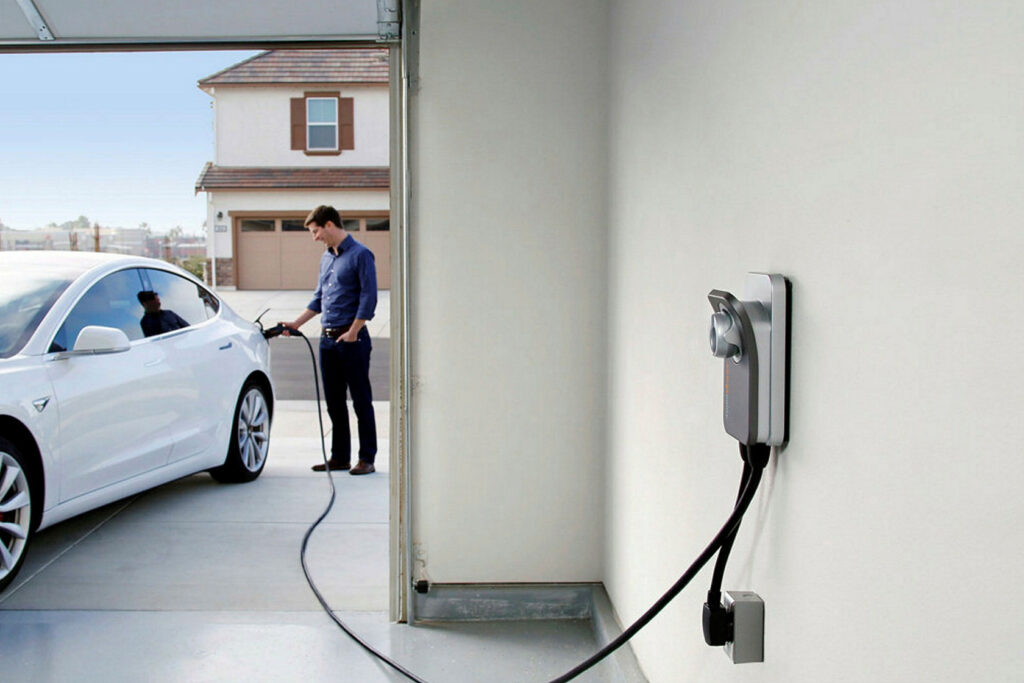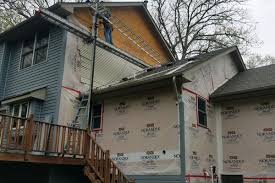
As electric vehicles (EVs) continue to gain popularity, more and more drivers are opting for the convenience of charging their vehicles at home. While public charging stations are useful for long trips or emergencies, home charging is more cost-effective, reliable, and tailored to your schedule. If you’ve recently purchased an EV—or are planning to—here’s your complete guide on how to set up a home EV charging station.
1. Understand Your Charging Needs
Before you dive into purchasing and installing equipment, it’s important to assess your actual charging needs.
-
Daily Driving Distance: If you drive short distances daily, a basic Level 1 charger may be sufficient.
-
Vehicle Battery Capacity: Larger batteries will naturally take longer to charge, influencing the type of charger you’ll want.
-
Parking Setup: Do you park in a garage or driveway? Is your parking spot close to a power source?
Understanding these factors will help you make the most appropriate decisions moving forward.
2. Know the Types of EV Chargers
There are mainly two types of EV chargers suitable for home use:
-
Level 1 Charger:
-
Uses a standard 120-volt household outlet.
-
Charges slowly—adds about 3-5 miles of range per hour.
-
Ideal for overnight charging if you drive less than 40 miles per day.
-
Most EVs come with a Level 1 charger included.
-
-
Level 2 Charger:
-
Requires a 240-volt outlet (similar to what electric dryers use).
-
Adds about 20-30 miles of range per hour.
-
Ideal for faster charging and larger battery packs.
-
Requires professional installation.
-
For most EV owners, a Level 2 charger strikes the best balance between convenience and cost.
3. Check Electrical Capacity
One of the most important steps is to evaluate your home’s electrical system. You need to ensure that your panel can handle the additional load of an EV charger.
-
Amperage Check: A Level 2 charger typically requires a 40-amp circuit.
-
Service Panel Load: Homes with 100-amp service might need an upgrade; homes with 200-amp service are usually fine.
-
Licensed Electrician: Hire a professional to assess your electrical panel and ensure code compliance. They can advise on load calculations, permit requirements, and any upgrades needed.
4. Choose the Right Charger
Now comes the fun part—choosing your EV charging station. Here are some key features to look for:
-
Amperage Rating: Choose a charger that matches your vehicle’s charging capability.
-
Cable Length: Opt for at least 20-25 feet to give yourself some flexibility.
-
Smart Features: Wi-Fi-enabled chargers let you monitor usage, schedule charging, and receive alerts.
-
Weatherproof Design: For outdoor installations, ensure your charger is rated for exterior use (look for NEMA 3 or 4 rating).
-
Brand Compatibility: While most chargers use the universal J1772 connector, it’s wise to double-check compatibility with your specific EV model.
Popular home EV charger brands include ChargePoint, JuiceBox, Wallbox, and Grizzl-E.
5. Hire a Certified Electrician for Installation
Installing a Level 2 charger typically isn’t a DIY job. It involves:
-
Running a 240V line from your main panel to your charging location.
-
Installing a dedicated circuit breaker.
-
Mounting the charging unit on the wall or a stand.
-
Ensuring all work meets local electrical codes.
An electrician will also help secure the necessary permits and may arrange for an inspection once the installation is complete. This ensures your home remains safe and compliant.
6. Apply for Incentives and Rebates
Depending on where you live, you may be eligible for federal, state, or local rebates on EV chargers and installation costs. Some utility companies offer additional incentives or discounted electricity rates for EV charging during off-peak hours.
-
Federal Tax Credit: You may qualify for up to 30% back on the cost of the charger and installation.
-
State and Local Programs: Visit your state’s energy department or local utility website for available rebates.
Taking advantage of these programs can significantly lower your out-of-pocket expenses.
7. Practice Safe Charging Habits
Once installed, your home EV charging station should offer years of reliable service. A few tips for longevity and safety:
-
Keep the charging area clean and dry.
-
Regularly inspect the cable and connectors for wear.
-
Avoid using extension cords.
-
Unplug during extreme weather if necessary.
If your charger comes with a mobile app, use it to track energy usage and receive maintenance reminders.
Final Thoughts
Installing a home EV charging station is one of the smartest ways to get the most out of your electric vehicle. It adds convenience, saves money over time, and even increases your home’s resale value. With proper planning and professional installation, you’ll enjoy the benefits of home charging for years to come.
As EV technology continues to evolve, having a future-ready charging setup at home positions you well for upgrades—whether that’s a second EV or a vehicle with faster charging capabilities.
So plug in, power up, and drive electric with confidence!






